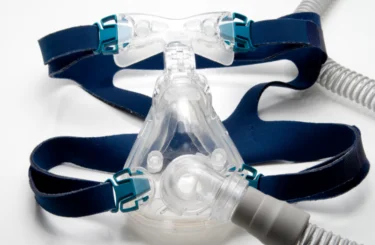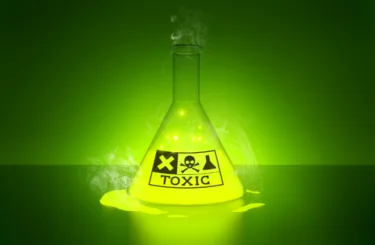Construction Site Negligence: Workers, Bystanders at Risk
Construction spending in the U.S. hit a ten-year high last year, and the backlog of planned construction projects is expected to continue to increase in 2017. That means construction companies will continue to struggle to find qualified workers, and the temptation to cut corners on safety could grow as they rush to capitalize on the demand for apartments and office space. And that could lead to negligence – meaning more injuries, to both construction site workers and bystanders.
In Miami, where the real estate sector is red hot, five construction workers were injured and one bystander killed in October when the scaffolding collapsed on a 60-story condominium tower under construction. In November, two New York construction workers were killed when a steel beam fell onto a crane.
According to the Occupational Safety and Health Administration, which is tasked with enforcing federal workplace safety standards, about 900 construction workers die each year in workplace accidents. OSHA doesn’t keep statistics on bystander injuries, but one recent report (subscription required) said that at least once a month in New York city, a pedestrian is injured when walking past a construction site. For construction workers, falls are by far the leading cause of death, while for bystanders, a falling tool or other object appears to be the most common source of injury. Many, if not most, of these injuries are preventable, and are often caused by the negligence of site owners, contractors, and others.
Workers’ compensation is meant to cover medical expenses and lost wages. Unfortunately, it often falls short of making up for all of an injured worker’s economic losses, and it doesn’t provide for non-economic damages such as emotional distress and pain and suffering.
However, it might be possible to collect damages if someone other than your employer is responsible for the unsafe conditions, such as a subcontractor working on the site or the maker of defective equipment. Workers who have been injured on a job site by toxic substances, such as asbestos or lead, may also seek damages beyond workers’ compensation by filing a personal injury lawsuit.
For injured bystanders, a personal injury lawsuit can be filed to recover both economic and non-economic damages suffered in a construction site accident. Depending on the circumstances, site owners, general and subcontractors, architects and engineers, as well as construction equipment manufacturers, could all be held liable.
Everyone understands that construction is an inherently dangerous industry. But when workers don’t have the proper safety equipment or training and job sites aren’t properly secured to protect bystanders, there can be long-term physical, emotional and economic repercussions.
If you’ve been injured in or near a construction site, don’t wait to find out if you are owed compensation. There may be time limits for filing your claim. Please contact us today to discuss your situation. A member of the Sommers Schwartz Personal Injury group would be happy to talk to you.
Matthew Turner
Matthew Turner is a shareholder with Sommers Schwartz, and focuses his practice on medical malpractice, legal malpractice, ERISA, and class action matters.





